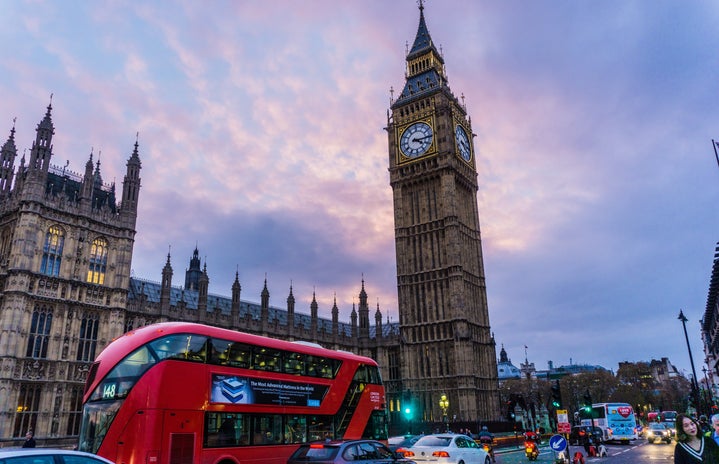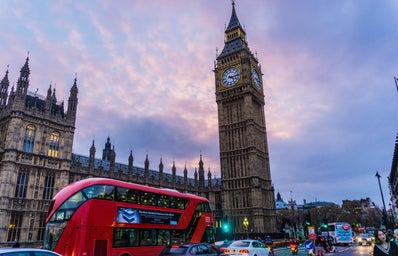Nearly two years ago, I graduated high school in a mid-sized city in Texas, packed my bags, and leaped across the pond – I had never even been to the United Kingdom, but I haven’t looked back since I got here. But I won’t lie, it wasn’t always sunshine and rainbows. Despite the lack of a language barrier, there are countless things that you now have to entirely rethink, forming a barrier of another sort. In this series I’m going to give you a full run-down on all the major things you need to know when you arrive to the UK, so you don’t stumble blind like I did.
I’ll start with transport, because you’ll need it as soon as you step out of the airport. Now, if you’re like me, I had no experience with public transport before I moved, as it wasn’t a big thing where I’m from. However, in London, it’s essential. There are three main modes of transport in London: tube, bus, and Uber/taxis. Now you probably already know about the latter, so I’m not going to talk about them here, but I’ll give you the rundown on the other two.
The tube is what most Americans would call the metro or subway, and consists of 11 lines and nearly 300 stations that, for a fee, will take you to nearly any “high street” (main street) in London. Next are buses – since tubes normally only stop in a few places in each borough (area/neighborhood), it’s likely that you’ll get off and still be a bit away from your destination. Buses basically fill the gaps in between the tubes! With over 700 bus lines and 19,000 stops, buses will take you almost anywhere in the city you want to go.
Luckily, buses only cost £1.50 per ride, and if you take more than one within the same hour, you are only charged once, as long as you use the same payment method. The tube costs from £1.50 to £6, depending on how far you ride and at what times (fares are higher during times when most people are going to or getting off work). The important thing to note about paying for transport in London is that it is entirely contactless, meaning you cannot pay with cash or with a non-contactless bank card. That means you “tap in” when you get on a bus or tram, and when getting on and off the tube. This gives you three ways to pay: with your phone (via Apple, Samsung or Google pay), a contactless bank card, or what’s called an Oyster card.
If you want to pay with your phone, all you have to do is set up your phone’s payment system by linking a card to your phone, and then you tap your phone on the card reader when getting on (or off) London transport. On iPhones, you can even set your phone to allow you to tap on and off transport even when it’s locked or dead. Second, you can use a contactless bank card – some banks in the US have contactless cards, and all debit cards from major banks in the UK are contactless, so you can simply tap your card against the reader the same way you would your phone. Lastly, you can buy an Oyster card – they’re £5 and can be bought at most grocery stores! These are simply reusable cards that are used solely for London transport, and that can be refilled (in grocery stores or tube stations) as needed. These are useful if you like to budget your money for transport at the beginning of the month, like putting £50 or £100 on your Oyster and not refilling it again until next month. However, if you’d rather just pay as you go, you can skip the oyster entirely and pay with your phone or bank card.
And that about sums up everything you need to know about using transport in London! Stay tuned for the next few installments of this series, where I’ll break down banking, SIM cards, actually living in London, navigating the food, and give an overview of the city life.


